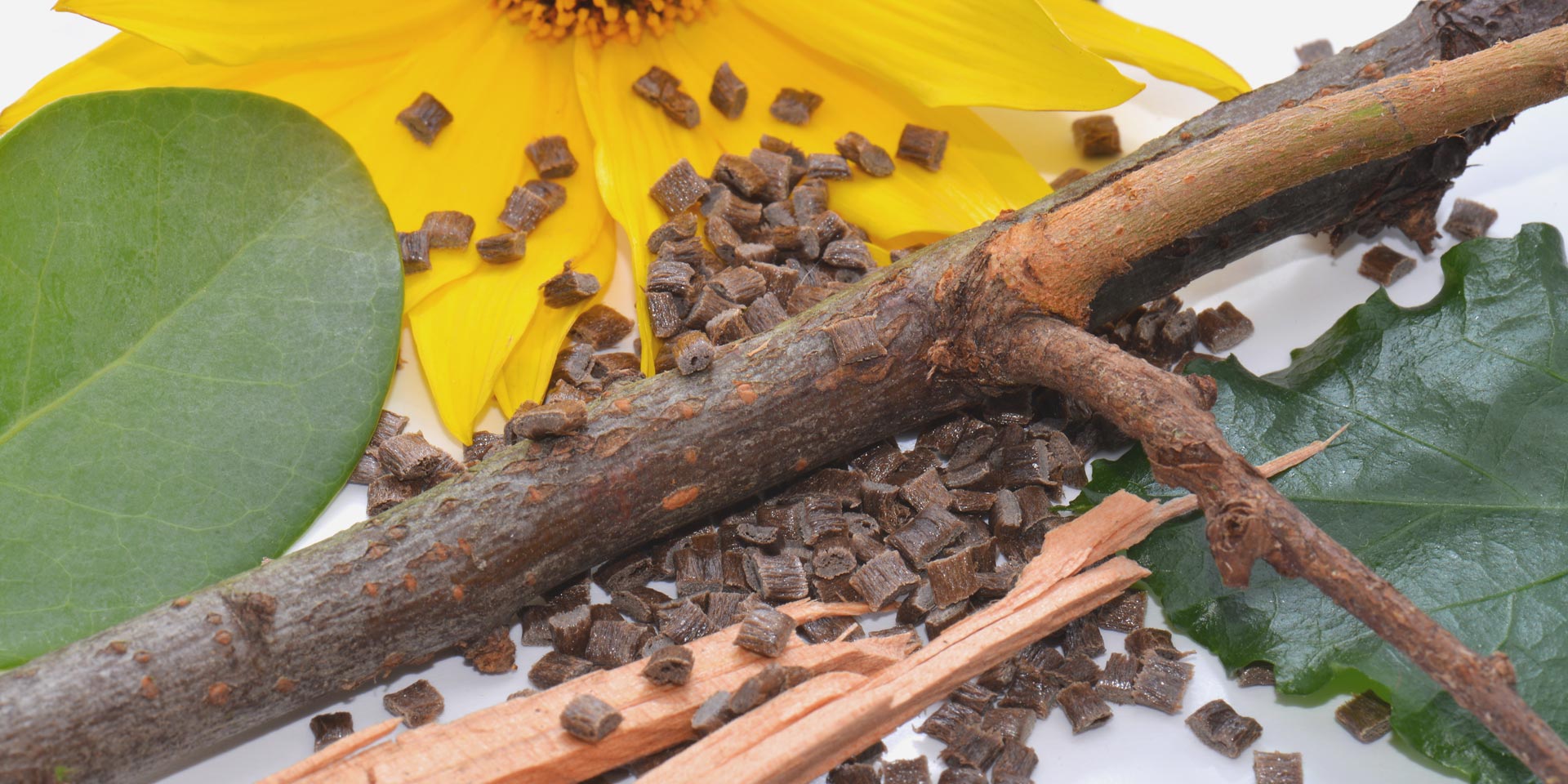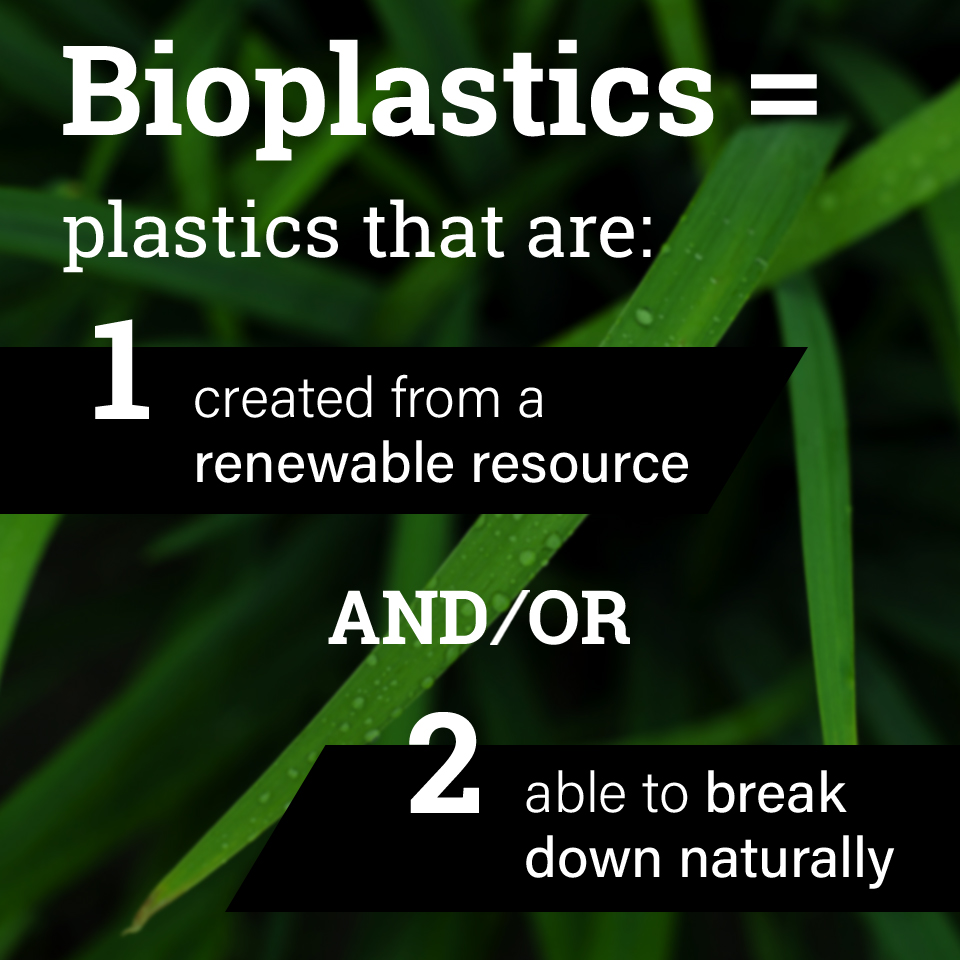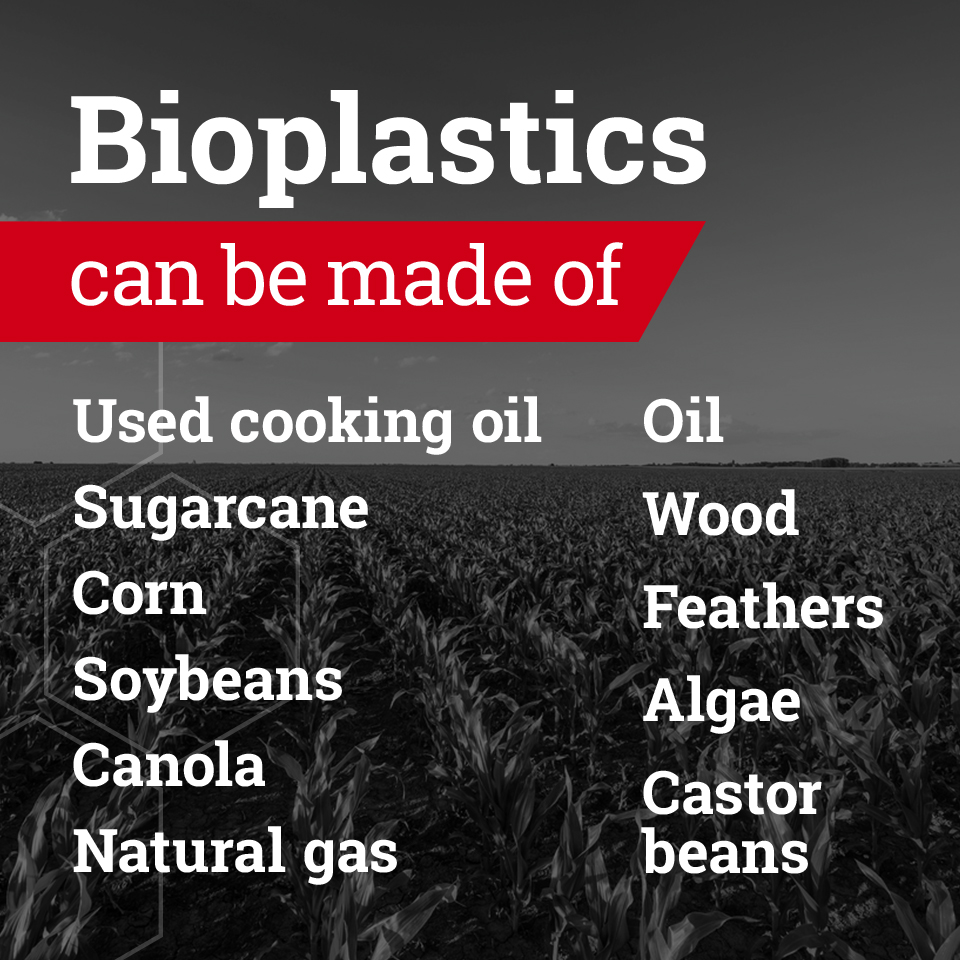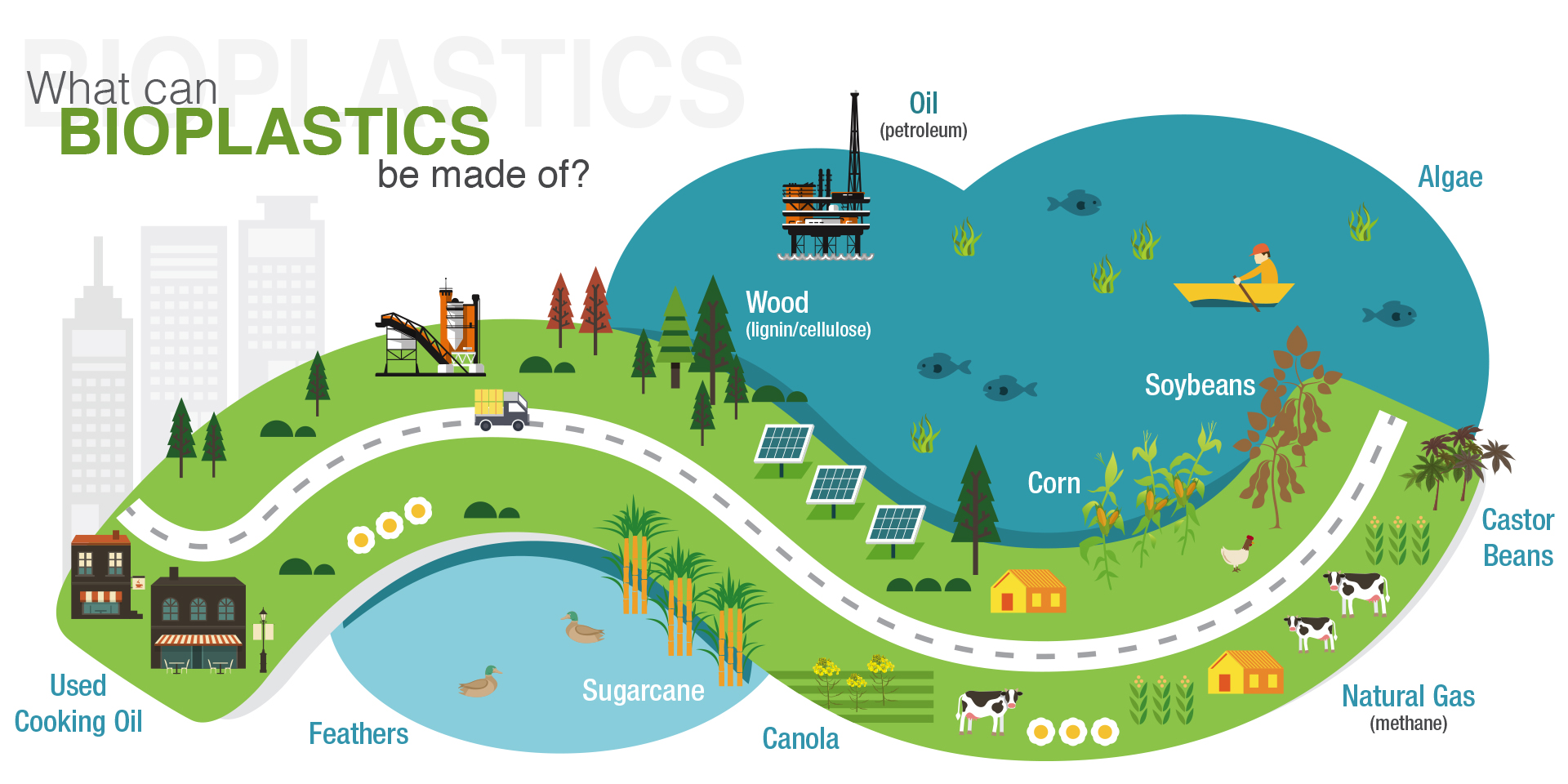Learn more about what bioplastics are, and see how these durable, sustainable materials are making a positive impact in many aspects of our daily lives.
To some, the name “bioplastics” may sound futuristic or like something out of science fiction—but that’s not the case. The first man-made plastic, introduced in 1862, was a bioplastic, meaning it was made from a renewable resource.
Bioplastics can be biobased (made from a renewable resource), biodegradable (able to break down naturally) or both. Biodegradable bioplastics can be just as durable as other types of plastic, as they only break down in specific conditions.
There’s no need to worry about a bioplastic container breaking down on the shelf. The way they biodegrade depends on their intended use. For example, certain bioplastics used in single-use packaging or shopping bags can be home compostable. Other, more durable bioplastics are designed to be industrial compostable. Industrial composting is carried out on a much larger scale than home composting and requires more active management than home composting.
Chances are, you’ve been using certain bioplastics in your home for some time. One common example you’ve probably encountered is a detergent bottle.
So, why are bioplastics so important? Since they’re made from renewable resources and/or biodegradable, they can help to reduce reliance on fossil fuels, support sustainability initiative and allow manufacturers to diversify feedstocks.



